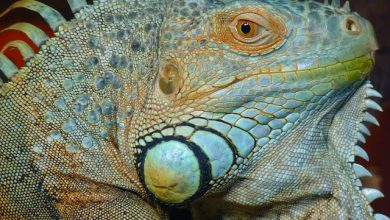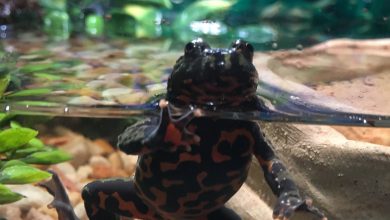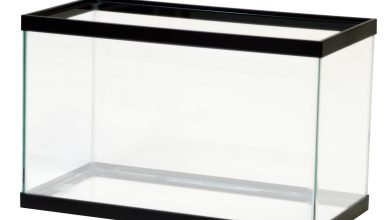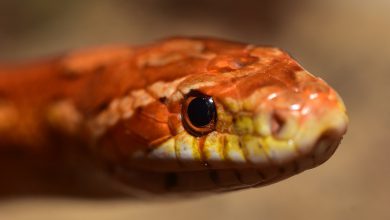How to Care for Feeder Crickets
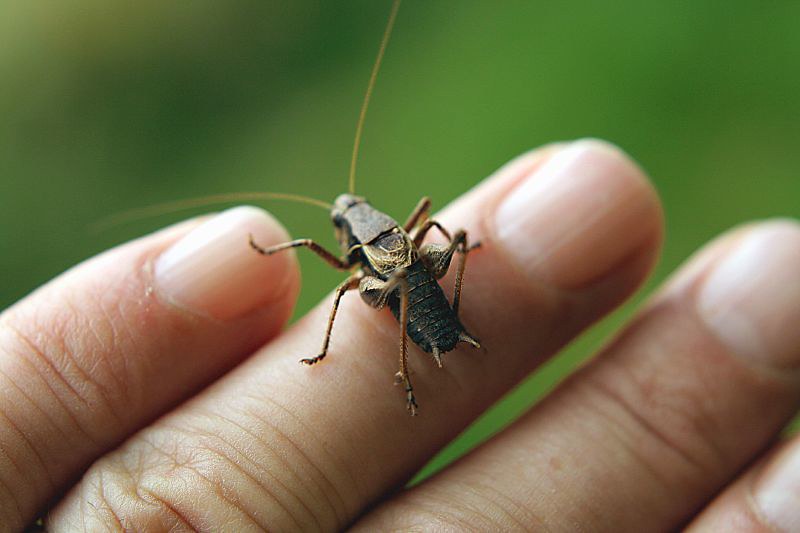
Many exotic pets are insectivores and depend on feeder crickets for nutrition. Although you can feed many of these animals other insects, as well, feeder crickets are the most popular regular food option.
Although crickets are not particularly pricey, it can become an inconvenience to have to go to a store to pick them up or order them all the time, and thatâs why many long-term keepers decide to raise their own crickets at home. It ensures a steady supply for their animal.
Hereâs what you need to know about how to care for feeder crickets for your lizard, frog, or other exotic pet.
Which animals eat crickets?
Many lizards are insectivores and will eat crickets, including:
- Geckos
- Bearded dragons (omnivore)
- Tegus (omnivore)
- Skinks (omnivore)
- Chinese water dragons (omnivore)
- Anoles
- Chameleons
Other animals that eat crickets include most frogs, toads, newts, tarantulas, and crabs. Note that many insectivore species will need a variety of foods in addition to crickets to round out their nutritional needs, as well as to provide enrichment.
Which crickets to raise?
There are two primary species of feeder cricketsâblack crickets and brown crickets. Black crickets tend to be the more aggressive species, so the majority of keepers feed brown crickets to their pets.
Adult black crickets are also very loud, which makes them less desirable to keep in the home for many people.
Feeding crickets
In order to be nutritionally balanced for your exotic pet (high calcium, low phosphorous), crickets need to be fed a high calcium diet. They are not picky eaters and will consume almost anything you put in their tank. Dandelions and turnip greens are good choices for adding calcium.
You can also purchase premade cricket foods. We offer several at our exotic pet store:
Orange cube complete cricket diet
Cricket food
Cricket drink (calcium fortified)
Be sure to remove uneaten foods at the end of each day so that it doesnât rot and create mold and odors in your cricket pen, but do keep food available daily to keep crickets from eating each other.
The exception to clearing out food is when you are gut loading before feeding them to your pet; then they can be allowed to gorge on a variety of foods for twenty-four hours. Youâll want to move only the crickets that will be fed to a separate container for gut loading.
If your crickets are not being fed high-calcium foods regularly, you can gut load them with calcium before feeding them to your pet. A calcium block is an easy way to do this.
Even if you feed a premade food, itâs a good idea to provide some fresh foods. Good options include:
- Carrots
- Potatoes
- Collard greens
- Dandelion leaves
- Mustard greens
- Romaine lettuce
- Other greens
- Apples
- Berries
- Papaya
- Mango
Crickets can drown in open water, but they do need hydration. Fresh produce or a damp sponge can be used as a water source. The cricket drink we sell is also a safe option because it is a gel formula that the crickets will not drown in.
Breeding crickets
Cricket nymphs become adults in about one month and can begin breeding at five to six weeks old. After mating, females lay eggs continuously and are able to lay between one and two hundred eggs in their short lifetime. They live for only a few weeks after reaching adulthood.
Because of their short lifespan, youâll need to remove dead crickets from the habitat regularly, as they can release toxins that are unhealthy for the remaining crickets. Iâll write more about the specifics of breeding crickets in another article.
Other cricket care
Crickets prefer warmer temps between eighty and ninety degrees Fahrenheit. You can achieve this environment by placing a heat mat under their container. If the temp drops, the crickets will survive, but they are unlikely to breed.
We keep a couple of cricket pens at The Tye-Dyed Iguana:
Small cricket pen
Large cricket pen
We also carry a small heat mat for under the pen:
Under tank heater
Crickets prefer having hiding places. Cardboard tubes and the bottoms of egg cartons work well.
Feeding crickets to your exotic pets
Crickets can be fed at any stage in the life cycle, which means you can select crickets that are right-sized for your particular animal. If your pet needs smaller crickets, you can keep separate containers for the crickets youâre feeding and the crickets youâre breeding.
Note that juvenile crickets should be collected and separated from adults, anyway, as adult crickets may eat them. Of course, this can be used as a population control method if you find you have too many crickets.
Because crickets become sluggish in the cold, you can place them in the refrigerator for a few minutes before feeding them to your pet, if the animal has trouble catching quicker crickets.
Talk to a team member at The Tye-Dyed Iguana in Fairview Heights for more cricket care info.
